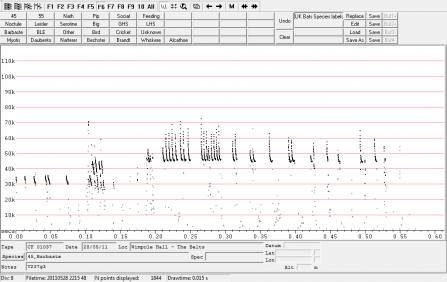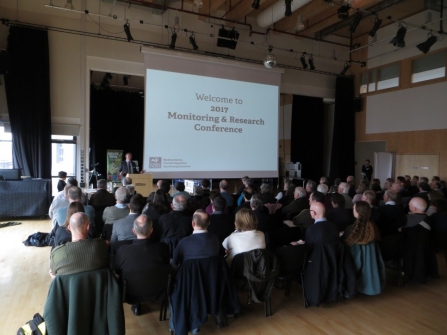The majority of our survey work takes place during the spring and summer when the species we’re looking at are most active and easier to find and/or identify – hoverflies, bats, plants, etc. Sadly this doesn’t mean we get to spend the winter tucked up snoozing like the dormice! So what do we get up to during the winter days?
A lot of our time is spent looking at the data collected the previous season. Some, including the dormouse, orchid and butterfly records, are good to go straight away. So we can look at numbers between sites and/or over the years as well as sending species records to the Local Record Centres. Other collected data requires further analysis to get it to this stage. Bat calls recorded in the field need to be identified from sonogram characteristic and breeding bird survey data needs to be collated into territory maps. Our wonderful team of office volunteers are currently busy doing the bulk of this. We’re then busy writing project reports and disseminating information to the reserves teams and activity leaders.



